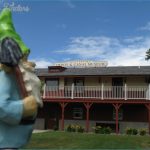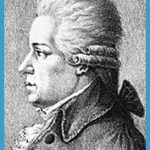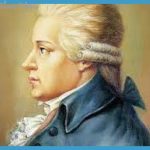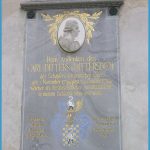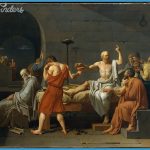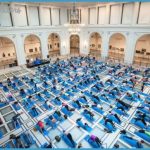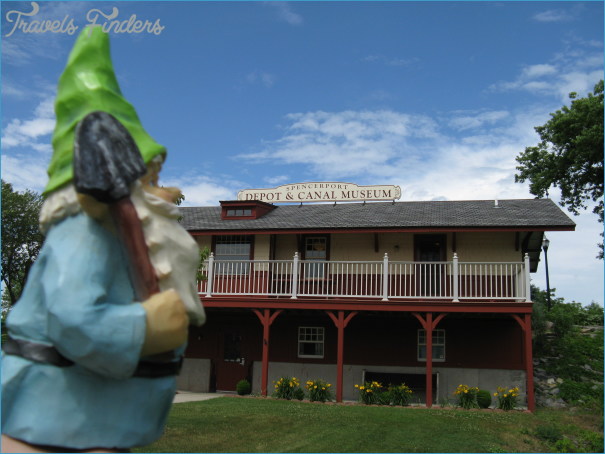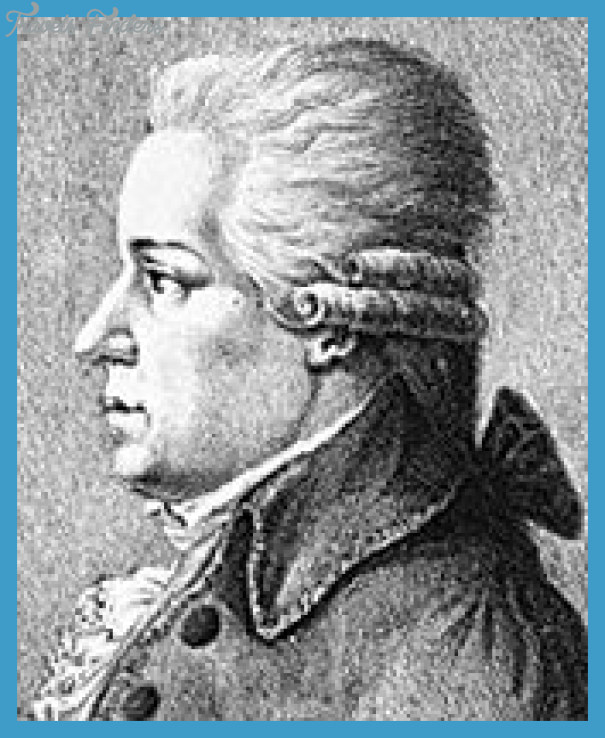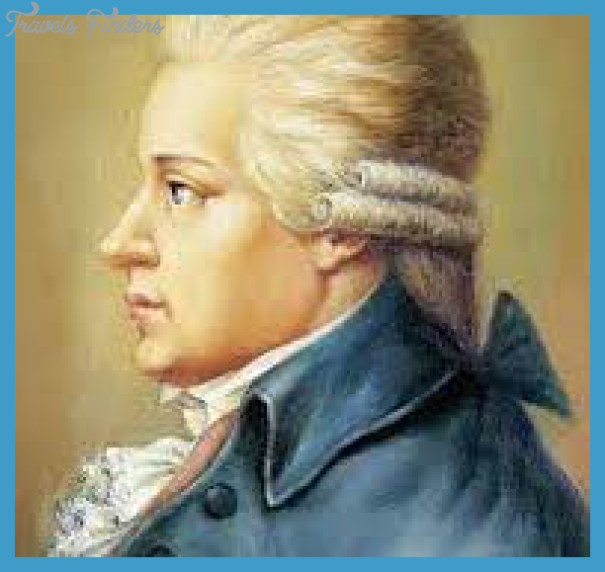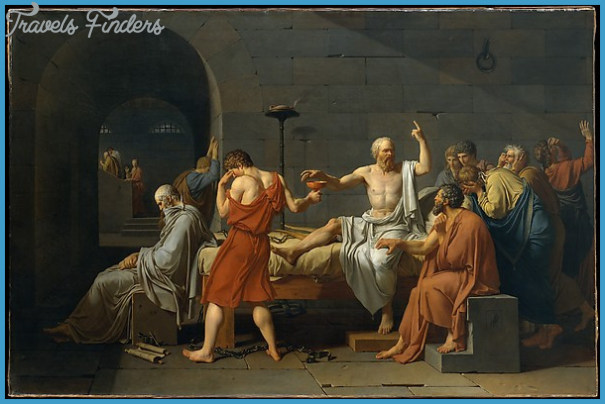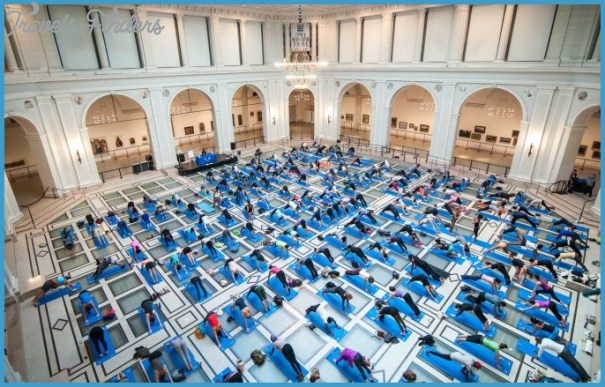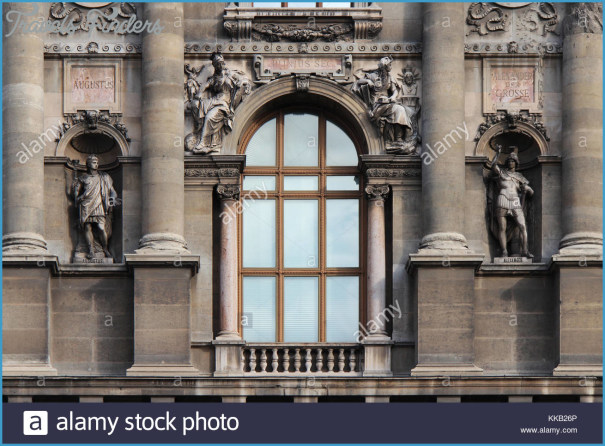DITTERSDORF MUSEUM
There are several villages called Dittersdorf in Saxony and Thuringia, but that’s not where Carl Ditters came from. He was Viennese, born and bred, more Viennese than Haydn or Mozart (he was born between them, in 1739). He is not commemorated in his native city; but he is in Javormk, in north Moravia, on the border between the Czech Republic and Poland, where he lived between 1769 and 1794 as Kapellmeister at the regional court of the Prince-Bishop of Breslau (now Wroclaw), Count Schaffgotsch. Through the Count’s offices he gathered various honours and emoluments, and it was through one of the positions he held, as Chief Magistrate of Freiwaldau, that in 1773 he was automatically ennobled, as von Dittersdorf’.
On his arrival in Javormk, Ditters moved into an attractive new house, with a squat little tower at either end, which today serves as the local history museum downstairs and music school above. In 1772 he married a Hungarian soprano, whom he had met while Kapellmeister to the Bishop of Grosswardein (now Oradea, in Romania) in the 1760s, and settled into family life. Towering above the small town is 16th-century Johannisberg Castle, then the residence of the Prince-Bishop but today another Dittersdorfs house at Javormk museum (it boasts the largest collection of whistles in Middle Europe). During his time there, he trained the orchestra to a high standard in order to perform his symphonies, oratorios and theatre pieces, many of which were also given in Vienna. When in 1795 Count Schaffgotsch died, Ditters was pensioned; before leaving Javormk he put up a memorial to his employer at the crossroads near his house.
DITTERSDORF MUSEUM Photo Gallery
He accepted an offer of accommodation on the estate of Baron Ignaz von Stillfried in Novy Dviur (near Sobeslav), where he lived, composing Singspiels and writing his autobiography, until his death there on 24 October 1799. On his centenary in 1899, a handsome relief plaque was erected on the house in Javormk. In 1994 the building was restored and one of the two tower rooms was allocated to a commemoration of his life and works. On the walls are a series of 14 panels with facsimiles of manuscripts, letters and archival documents, including his coat of arms; engraved portraits, librettos and editions of music performed in the castle theatre (among them his comic opera, Il viaggiatore americano, composed for the Count’s nameday in 1771); and photographs, including images of the Dittershof at Freiwaldau – now Jesemk – and his grave at Novy Dyur. Of note among the items on display are the copy of the 1801 edition of his autobiography and an 18th-century travelling trunk.
Javormk (to Dittersdorf, Jauernig) is best reached by road. From Prague and Hradec Kralove, it is easier to cross briefly into Poland and go through Klodzko than to take the route to Sumperk, across the Hruby Jesemk mountains and through the local capital, Jesemk.

